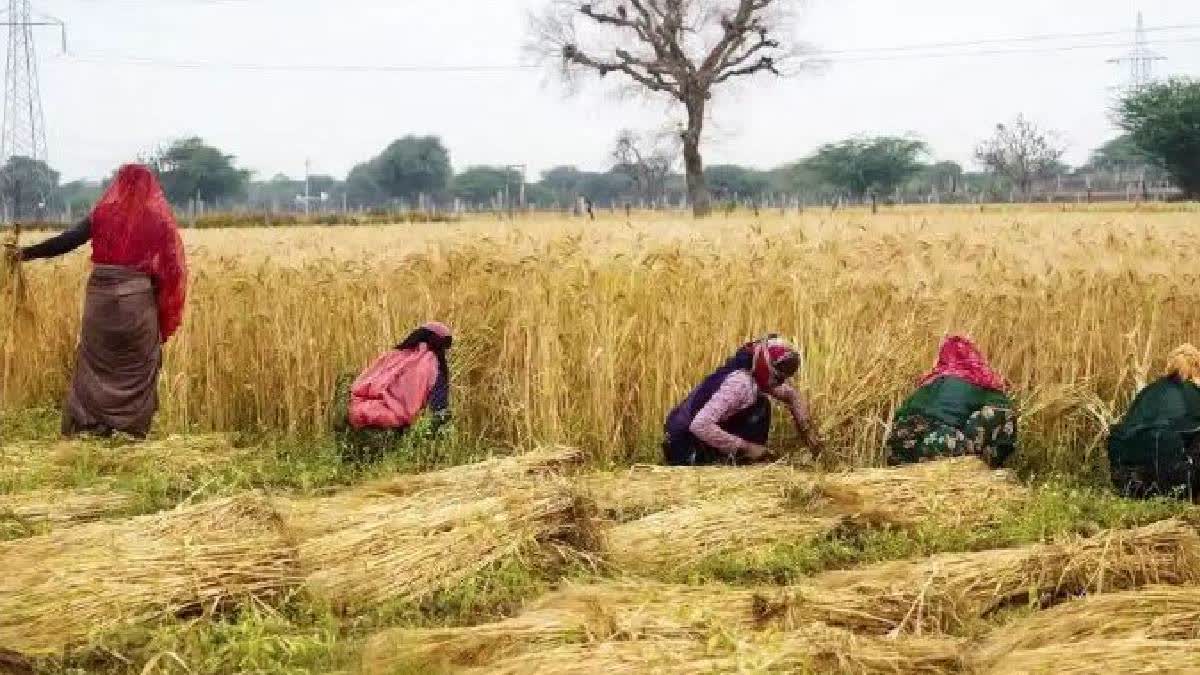New Delhi:The International Day of Rural Women and the Rashtriya Mahila Kisan Diwas (National Women Farmer's Day) are observed on October 15.
The International Day of Rural Women, which highlights the critical role that rural women play in enhancing agricultural and rural development, improving food security, and eradicating rural poverty, was established by the United Nations General Assembly in 2007.
The Rashtriya Mahila Kisan Diwas, celebrated to signify the significant and crucial role played by women in agricultural development and allied fields, was declared by the Ministry of Agriculture in 2016.
Both the days recognise the challenges women face and advocates for their rights and contributions to sustainable development.
Brief History of International Day of Rural Women
The International Day of Rural Women was established by the United Nations General Assembly in 2007. It was created to recognise the significant contributions of rural women to their families, communities, and economies, as well as to promote gender equality and empower these women.
The day builds on earlier efforts to address issues affecting rural women, including the 1995 Beijing Declaration and Platform for Action, which emphasised the importance of women’s empowerment in rural areas. Since its inception, the day has focused on raising awareness about the unique challenges faced by rural women, such as limited access to education, healthcare, and resources, and the need for policies that support their rights and development.
Brief History of Rashtriya Mahila Kisan Diwas
In 2016, the Ministry had decided to observe October 15 as Rashtriya Mahila Kisan Diwas. Women are contributing in various aspects of agriculture including sowing, planting, fertilizing, plant protection, harvesting, weeding, and storage.
The role of women in agriculture
- Agriculture can be an important engine of growth and poverty reduction. But the sector is underperforming in many countries in part because women, who are often a crucial resource in agriculture and the rural economy, face constraints that reduce their productivity.
- Aggregate data shows that women comprise about 43 percent of the agricultural labour force globally and in developing countries. But this figure masks considerable variation across regions and within countries according to age and social class.
- Time use surveys, which are more comprehensive but typically not nationally representative, add further insight into the substantial heterogeneity among countries and within countries in women’s contribution to agriculture. They show that female time-use in agriculture varies also by crop, production cycle, age and ethnic group. A few time-use surveys have data by activity and these show that in general weeding and harvesting were predominantly female
- activities.
- Overall the labour burden of rural women exceeds that of men, and includes a higher proportion of unpaid household responsibilities related to preparing food and collecting fuel and water. The contribution of women to agricultural and food production is significant but it is impossible to verify empirically the share produced by women.
- Women’s participation in rural labour markets varies considerably across regions, but invariably women are over represented in unpaid, seasonal and part-time work, and the available evidence suggests that women are often paid less than men, for the same work.
- Available data on rural and agricultural feminization shows that this is not a general trend but mainly a sub-Saharan Africa phenomena, as well as observed in some sectors such as unskilled labour in the fruit, vegetable and cut-flower export sector.
- Women make essential contributions to agriculture and rural enterprises across the developing world. But there is much diversity in women’s roles and over-generalization undermines policy relevance and planning. The context is important and policies must be based on sound data and gender analysis.
